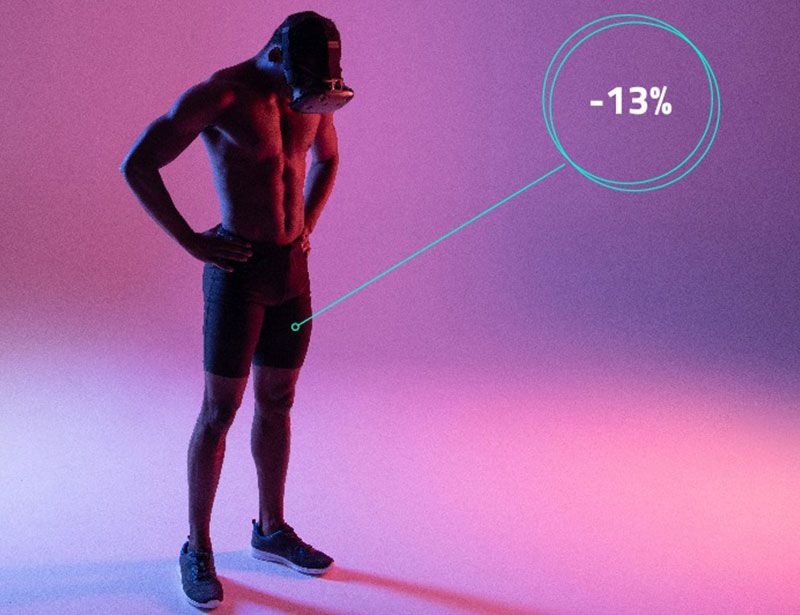
The pain-reducing power of VR
Studies show how use of virtual reality and immersive content can reduce perceptions of effort levels, and even muscle pain, during high-intensity cycling classes
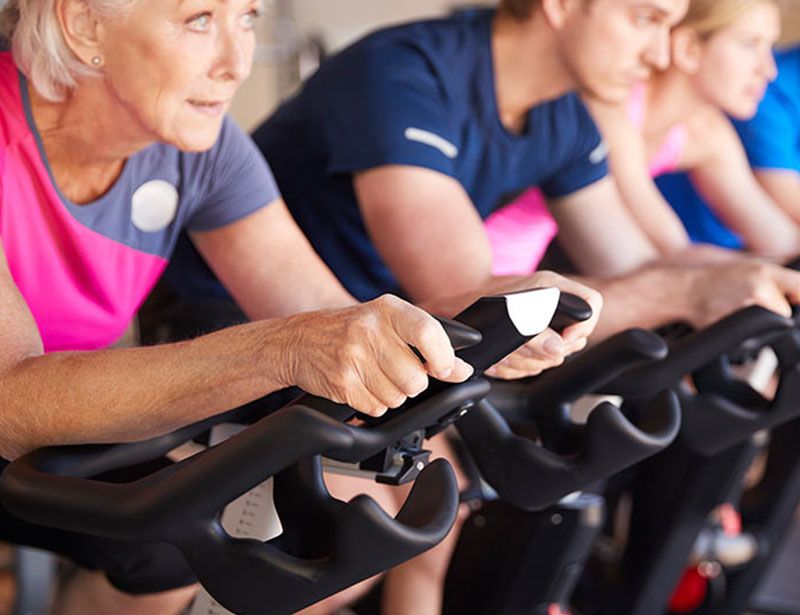
It’s never too late
Interval training on an indoor cycle could just be the best form of exercise to keep muscles firing on all cylinders as we age. Ride High magazine reports…
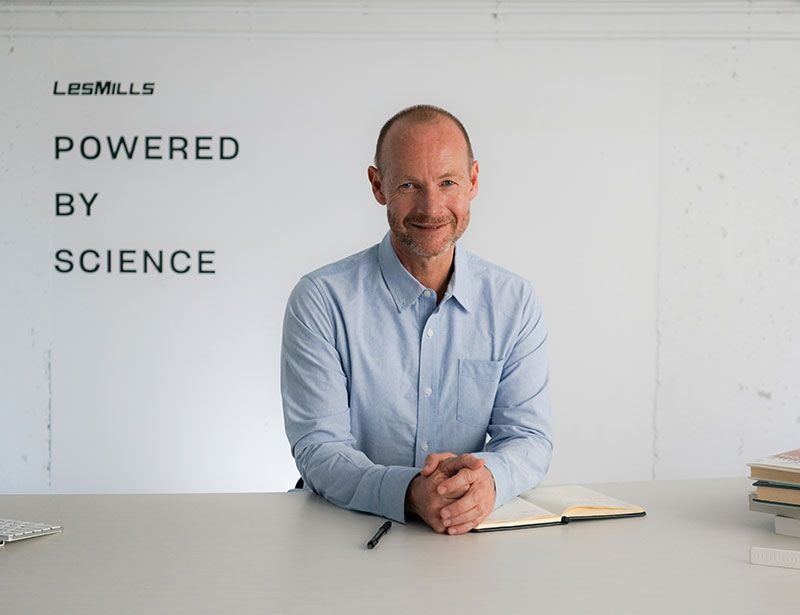
The appliance of science
Les Mills uses science to road-test its cycling programmes. Bryce Hastings, Les Mills’ head of research, talks Kate Cracknell through some of the company’s extensive studies in the field of indoor cycling

The power of the Brand
A strong brand can be the difference between business success and failure in a crowded market – but many fitness businesses still fail to recognise this, says Peter van der Steege, founder and CEO of branding specialist Fitbrand. He speaks to Kate Cracknell.
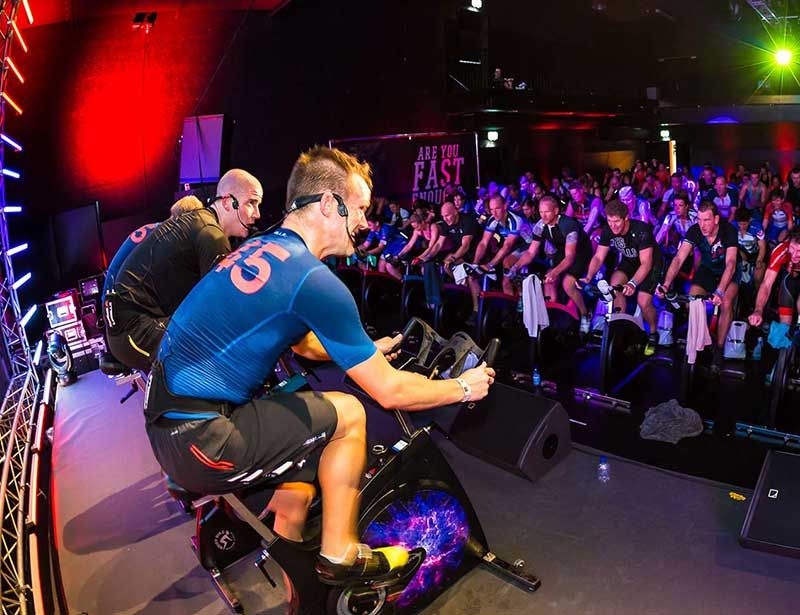
Cycling: the anti-obesity drug
Scientists are currently exploring whether a hormone known as FGF21 can be used as a drug against diabetes and obesity. But new research suggests there may be a simpler option: our body will naturally produce far more FGF21 if it does a 60-minute indoor cycling workout

Beating the downward cycle of dementia
Can indoor cycling help alleviate the symptoms caused by dementia? Anders Justesen Lind – a physiotherapist working as part of an interdisciplinary dementia team in Frederikshavn, Denmark – reports
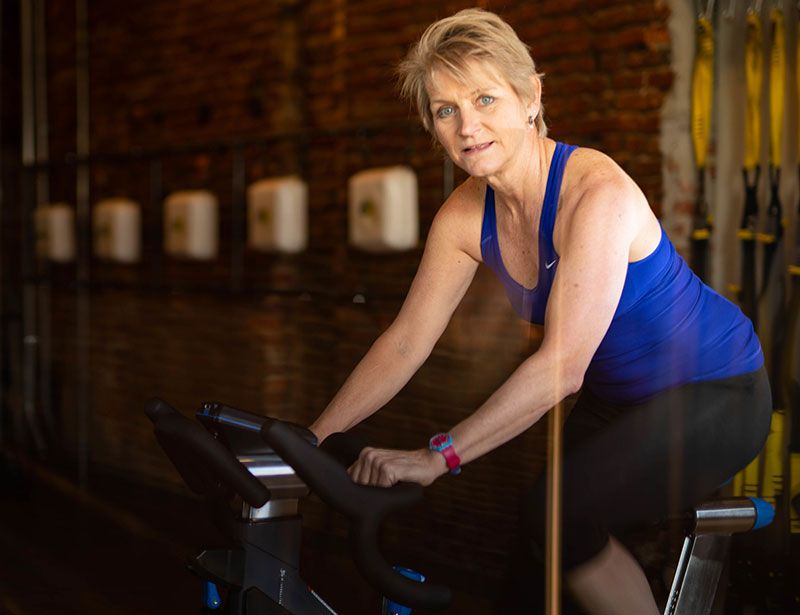
The best of all worlds
The ICA’s Jennifer Sage outlines her mission: to bridge the gap between cycling purists and the ‘party on a bike’ brigade, creating a resource that teaches instructors across the sector how to lead technically robust classes in a way that truly inspires and enthuses the riders.

Conceived, powered and funded by BODY BIKE®, RIDE HIGH has a simple mission: to celebrate and champion the very best of indoor cycling, sharing ideas, stories and experiences from around the world to inspire the sector on to even bigger and better things. Subscribe for free by leaving your details below and we'll send indoor cycling's hottest news direct to your inbox three times a year.


